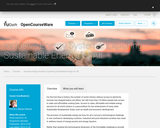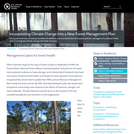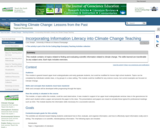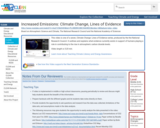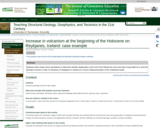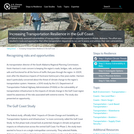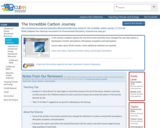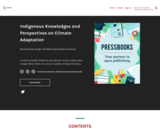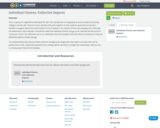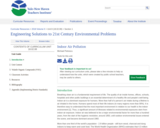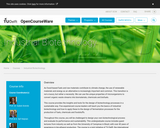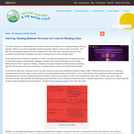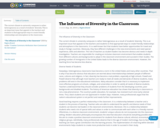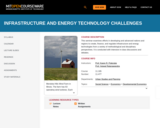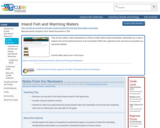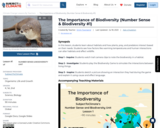
SYNOPSIS: In this lesson, students learn about habitats and how plants, prey, and predators interact based on their needs. Students see how factors like warming temperatures and human interactions can alter habitats and affect wildlife.
SCIENTIST NOTES: This lesson clearly demonstrates the interrelationships existing in an ecosystem. It allows students to identify species and analyze what they need to survive in a given habitat accounting for the impact of human-caused climate change on biodiversity. The games, activities, and all materials featured in the lesson have been reviewed and are suitable to improve students' understanding on the topic. On that account, this lesson has passed our science credibility process and is recommended for teaching.
POSITIVES:
-This lesson illustrates the interactions of living things in a habitat through student interactions.
-This lesson features kinesthetic learning to activate interest in the topic.
-In this lesson, students get the chance to receive feedback from peers, reflect on their work, and make changes to their work based on feedback and personal reflection.
-This lesson features speaking and writing practice using academic language.
ADDITIONAL PREREQUISITES:
-This lesson is 1 in 3 in our Number Sense & Biodiversity unit.
-A large area is needed for the game. If the classroom is used, you may want to move desks to one side of the room.
DIFFERENTIATION:
-During the Inquire section, students could be given a list of animal names or pictures to check off as they appear in the video.
-Species cards include pictures of animals for students who have more difficulty reading.
-Cause and effect language frames are differentiated.
-Teacher may wish to play a "fishbowl" version of the game and have students watch a few students play to see the interactions.
- Subject:
- Biology
- Life Science
- Material Type:
- Lesson Plan
- Provider:
- SubjectToClimate
- Author:
- Emily Townsend
- Date Added:
- 06/29/2023

